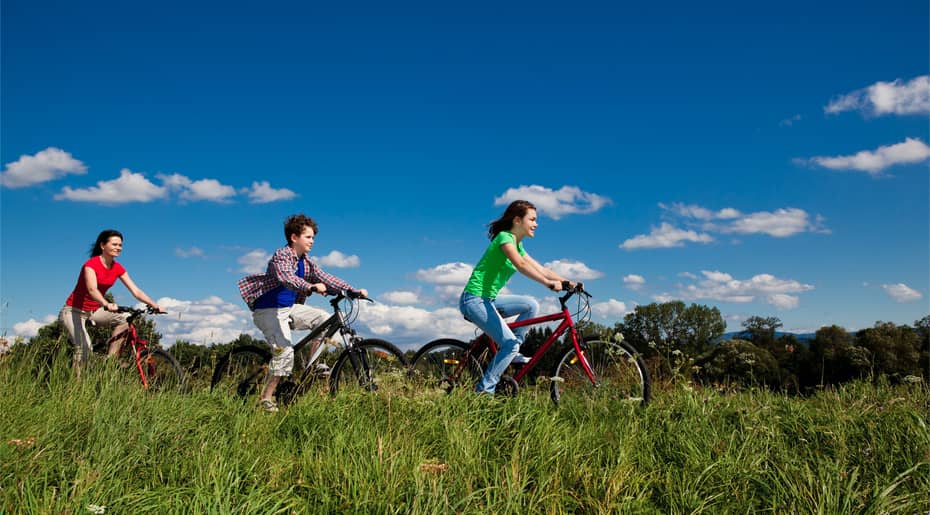When we discuss transportation, especially in public life, we tend to emphasise one thing above all others: speed. It’s often taken as a given that the process of getting from one place to the next is going to be unpleasant, and so we spend billions trying to shave off every last second.
Partly in response to this fixation, a new kind of travel has emerged. So-called ‘slow’ travel is not about getting from place to place as quickly as possible, but about enjoying the process of actually getting there. And, when it comes to slow travel, cycling is an obvious choice.
Embracing the Benefits of Slow Travel
When you move through a part of the world at a slower pace, you’ll have a greater opportunity to forge connections with the local people, and the environment.
When you’re covering a few dozen miles a day at most, you’ll naturally develop an understanding of the place that can’t be formed by simply speeding through in a closed-off train carriage.
Slow travel also confers environmental advantages. You’ll generate effectively zero emissions when you walk or cycle, which makes it a great choice for environmentally-conscious tourists.
Top European Destinations for Cycling Enthusiasts
For those seeking immersive experiences, cycling holidays in Europe offer unparalleled opportunities to explore diverse landscapes and cultures at a leisurely pace.
There are a number of routes you might consider. The Danube Cycle Path runs beside the river of the same name, and stretches through much of Europe.
The Loire Valley, in France, meanwhile, takes cyclists through some of the continent’s premier wine-making countryside.
Planning Your Cycling Holiday: Tips and Considerations
Slow travel naturally involves surrendering a little bit of convenience. That means planning and preparation for your cycling trip are key.
You’ll need to plot a route that’s appropriate to your level of riding experience. If you’ve never been on a holiday of this kind, it might be worth selecting a shorter route to begin with.
A few days in the saddle might be enough to let you know whether cycling appeals, and what equipment might make the biggest difference to your experience.
Speaking of equipment, it’s a good idea to bring along a few key items. These might include the bike itself, a helmet, and the right clothing. Make sure that the bike is in good condition. If you don’t feel that you can rely on it, then you won’t push yourself, and you probably won’t enjoy yourself.
Safety should be your foremost concern throughout the trip. Make sure that you don’t take unnecessary risks, and that you have a plan in place for dealing with emergencies. The right telephone numbers, and a health insurance card, are essential.
Sustainable Travel: The Environmental Impact of Cycling
We’ve already mentioned a key benefit of a cycling adventure: it leaves minimal impact on the natural world. However, you still have a duty to clean up after yourself wherever you go, and to leave the countryside you’re travelling through in the state in which you’d wish to find it.





